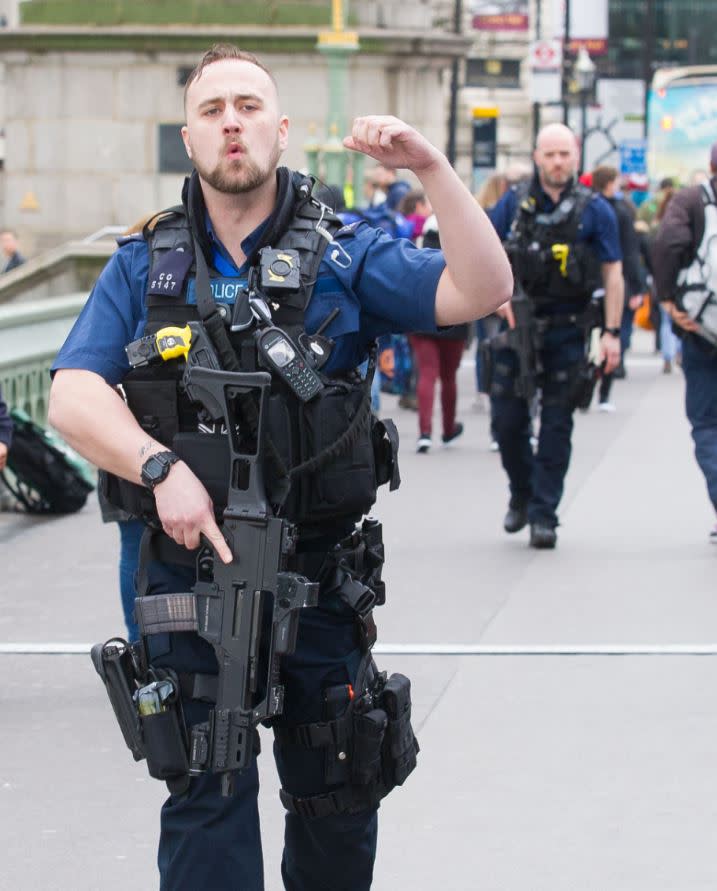Key questions police need to answer following Westminster terror attack

Police are working round the clock to identify the roots of the deadly terror plot which brought bloodshed to the streets of London yesterday.
Here, we look at some of the key questions the investigation will seek to answer:
What was the background of the killer?
The identity of the knifeman who injured scores of pedestrians in a car before rampaging into the Palace of Westminster has yet to be made public. Detectives will probe the man’s background extensively to see if he was known to authorities. If he was was not on the radar of security services, questions will be asked about why this was, but if he had been highlighted as a potential threat, this will likely be viewed as a major security failing.
If he was known to police, why was he not being closely monitored?
Counter-terrorism efforts are shared between the police – spearheaded by the Metropolitan Police – and GCHQ, MI5 and MI6. Round-the-clock monitoring is only possible on a handful of high-priority terror suspects due to limited resources, potentially meaning the Westminster attacker could have slipped through the surveillance net. Top anti-terror officer Mark Rowley suggested the assailant could have been “inspired by international terrorism”, which will lead officers to scour for potential links overseas.

How many people were involved in planning and executing the attack?
It appears only one man directly carried out the bloody assault on Westminster Bridge and the Houses of Parliament, but others could have helped shape the plot. A key focus of the investigation will be whether the man was inspired by a terror cell such as Islamic State – receiving support and funding either domestically or from abroad – or whether he was a so-called ‘lone wolf’.
How did the knifeman’s rampage penetrate the Palace of Westminster?
Despite the Houses of Parliament being among the most closely guarded sites in the country, the attacker managed to burst through the Carriage Gates. It is usually manned by armed police and blocked by metal barricades, with barriers in place to stop vehicles advancing. Described by MP Mary Creagh in reports as a “weak spot”, the access point is regularly opened to allow cars to pass in and out. Why the gate was not firmly locked – especially after the car driven by the killer crashed into the nearby railings – will be a point of concern for detectives.
How did the attacker make it so deep into the grounds?
When he was fatally shot on the cobbled paths which feed into the Palace of Westminster, the terrorist had carried out an attack of significant breadth. He had mowed down bystanders on the length of Westminster Bridge, crashed his vehicle, ran around the corner and into the Palace grounds, past a line of security. Many will be asking how his slaughter was able to continue as long as it did.
MORE: Channel 4 admit naming wrong man as London terror suspect
MORE: London terror attack: Footage shows woman ‘falling’ from Westminster Bridge
MORE: ‘You’re a disgrace’: Donald Trump Jr slammed for criticising Sadiq Khan only hours after London attack

 Yahoo News
Yahoo News 


